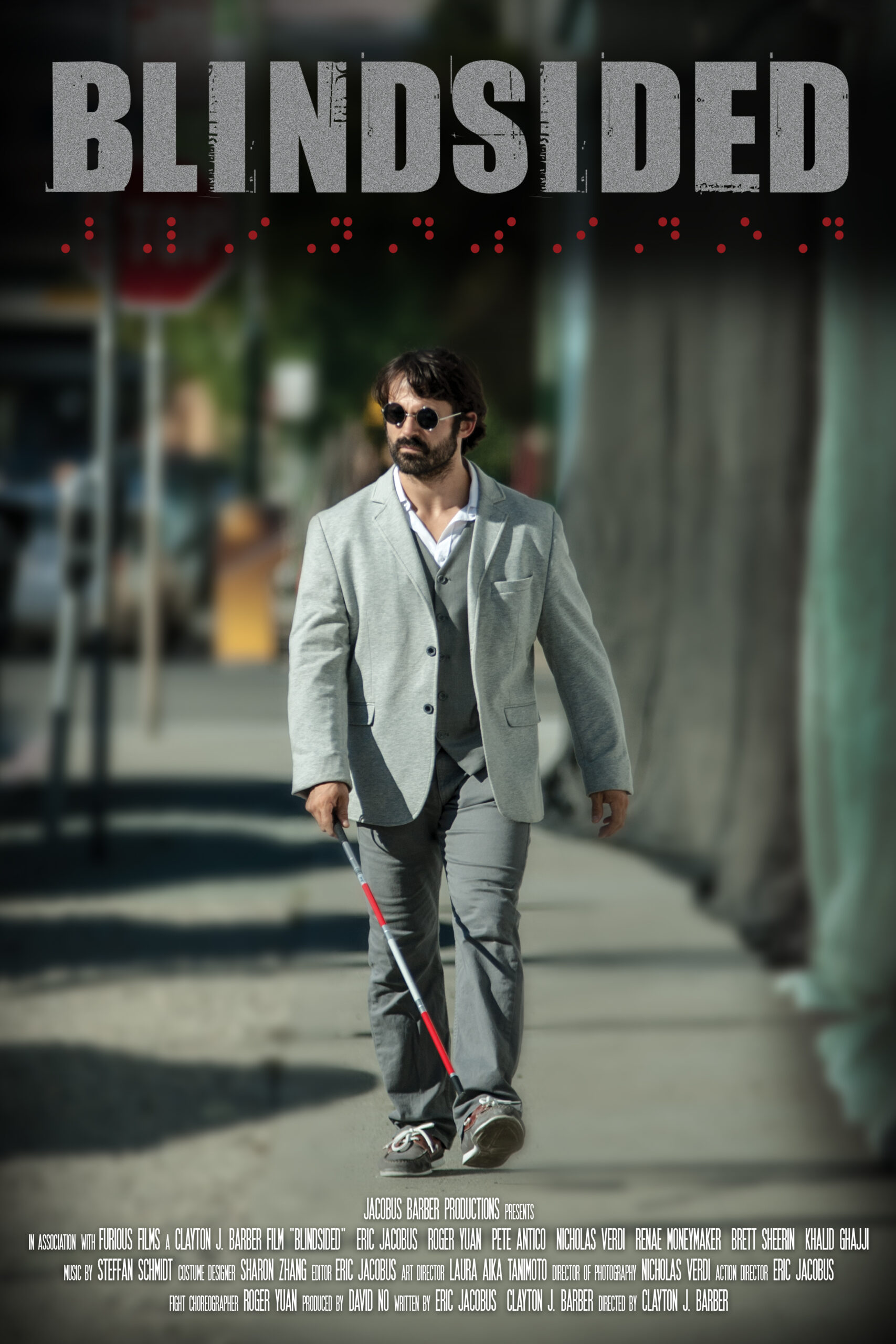The Heart and Soul Behind ‘The Blind Side’: A Guide for Parents
Welcome, caring parents! Are you considering watching The Blind Side with your family? Or perhaps your children have already seen the film, and you’re curious about the themes and conversations it might inspire? You’ve landed in the perfect spot! The Blind Side, a film released in 2009, has warmed the hearts of audiences worldwide. It’s more than just a movie; it’s a blend of emotions, challenges, and triumphs that can teach valuable life lessons. Let’s embark on a journey to understand the film’s impact and how to navigate its deep subject matter with your loved ones.
Understanding ‘The Blind Side’: A Synopsis for Parents
The Blind Side tells the inspiring true story of Michael Oher, a young man who overcomes immense hardship to find success on and off the football field. With the kindness and support of Leah Anne Tuohy and her family, Michael’s life takes a dramatic turn from his troubled youth to becoming an All-American football player and a first-round NFL draft pick. Anchored by Sandra Bullock’s award-winning performance, this film delivers powerful messages about empathy, family, and determination.
Themes to Discuss With Your Kids
- Empathy and Compassion: The Tuohy family’s acceptance of Michael is a testament to unconditional love and empathy. Discussing this theme can help children understand the importance of stepping into someone else’s shoes and offering support.
- Importance of Family: Family doesn’t always mean blood-related. The film beautifully illustrates how people can come together and create a supportive, loving environment that nurtures growth.
- Determination and Perseverance: Michael’s journey is one of self-improvement and resilience. Point out instances of his hard work and discuss how perseverance can help us achieve our goals.
Addressing the Film’s Complex Issues
Racial Tensions: The Blind Side doesn’t shy away from the reality of racial prejudices. It’s crucial to talk to your kids about the discrimination Michael faces and the broader implications of racism in society. These discussions can be stepping stones to a broader understanding of equality and justice.
Socioeconomic Disparities: Michael Oher’s background shows the stark differences in opportunities afforded to people based on their socioeconomic status. Conversations about these disparities can educate children on privilege and the importance of giving back to the community.
Family and Adoption: With adoption being an integral part of the film’s story, this could be an ideal time to talk about the diverse forms that families can take and the beauty of opening one’s heart and home to someone in need.
How to Create a Family Movie Night Around ‘The Blind Side’
Watching The Blind Side as a family can be a wonderful way to bond and engage in meaningful conversations. Here are some tips to make the most of your movie night:
- Prepare for Questions: Kids are naturally curious, and this film may prompt a variety of questions. Be ready to answer them openly and thoughtfully.
- Discuss Your Values: Use the film as a starting point to discuss your family’s values and how they align (or differ) with the actions and decisions of the characters.
- Create a Comfortable Setting: Make sure everyone is comfortable and has what they need to enjoy the movie (snacks, blankets, etc.). A relaxed setting can make discussions post-movie more open and engaging.
As you delve into the world of The Blind Side with your family, remember that this film can be a powerful tool for educating and inspiring. The conversations you have can strengthen your family’s understanding of the world and your place in it. Whether it’s about overcoming adversity or the power of kindness, there’s a valuable takeaway for every member of your family. Stay tuned for more in-depth discussions as we further explore the influence of this remarkable film. Let the story of Michael Oher enrich your family’s movie night and inspire conversations that resonate with the heart.

Five Things Parents Should Know When Preparing to Watch ‘The Blind Side’
- Understand the Rating: The Blind Side is rated PG-13 for one scene involving brief violence, drug and sexual references. It’s important to consider the maturity of your children before viewing.
- The Power of Real Stories: Emphasize to your kids that Michael Oher’s journey is based on real-life events. This can lead to discussions about the power of true stories and their impact on viewers.
- Dealing with Sensitive Themes: Prepare for potential discussions on topics such as homelessness, drug abuse, and the foster care system, which are all depicted or referenced in the film.
- Learning Opportunities: The movie is a great opportunity to learn about American football, but also about various social issues. Consider pausing at teachable moments to provide context or further explanation.
- Ready to Reflect: After the movie, encourage your children to reflect on their feelings and thoughts about the story. It’s a great way to gauge their understanding and to reinforce the movie’s lessons.
Delving Deeper into ‘The Blind Side’s’ Teachable Moments
As you and your children dive into The Blind Side, use the storyline as a basis for deeper discussions about the challenges people face in life and the importance of support and community. Here are some areas you could explore:
- Analyze Michael Oher’s character development and how his experiences with the Tuohy family changed his life perspective.
- Examine the Tuohy family dynamics and how their own lives were impacted by Michael’s presence.
- Discuss the influence of sports and education as tools for personal development and social change.
In preparing to watch The Blind Side with your family, you also have the opportunity to:
- Research Michael Oher’s real-life story together, perhaps reading excerpts from Michael Lewis’s book, “The Blind Side: Evolution of a Game” upon which the movie is based.
- Connect the film to current events, discussing any relevant news that relates to the film’s themes and how these issues are being addressed today.
- Plan activities related to the movie, such as donating to a charity that supports underprivileged children, or volunteering as a family, which can reinforce the film’s messages of empathy and contribution.
Empower your family to not only be viewers of The Blind Side but also to become participants in the ongoing conversation about the core issues the film presents. Watching the film is just the beginning; by engaging with its themes thoughtfully and compassionately, you stimulate ongoing education and personal growth that lasts far beyond the initial viewing experience.
Final Thoughts Before Watching ‘The Blind Side’
The Blind Side is a rich, multi-layered film that provides ample fodder for family discussions about personal strength, societal structures, and the capacity for kindness within us all. To ensure an enlightening experience for your family, approach the film with a readiness to explore its themes and a commitment to fostering an environment where thoughtful dialogue can take place.
Movies have a profound ability to connect us, to raise questions, and to challenge our perceptions. The Blind Side is a prime example of cinematic storytelling that not only entertains but also educates. As a parent, your guidance in contextualizing and discussing the movie will be invaluable in helping your children absorb and reflect upon the life lessons it encapsulates.
So, grab the popcorn, dim the lights, and get ready for a movie night that promises to enrich your family’s hearts and minds. Enjoy the journey of The Blind Side, and may its message of hope and transformation resonate within your family, inspiring acts of kindness and understanding in the real world.
For more great articles please see here. For more information see here
Disclaimer
The articles available via our website provide general information only and we strongly urge readers to exercise caution and conduct their own thorough research and fact-checking. The information presented should not be taken as absolute truth, and, to the maximum extent permitted by law, we will not be held liable for any inaccuracies or errors in the content. It is essential for individuals to independently verify and validate the information before making any decisions or taking any actions based on the articles.




